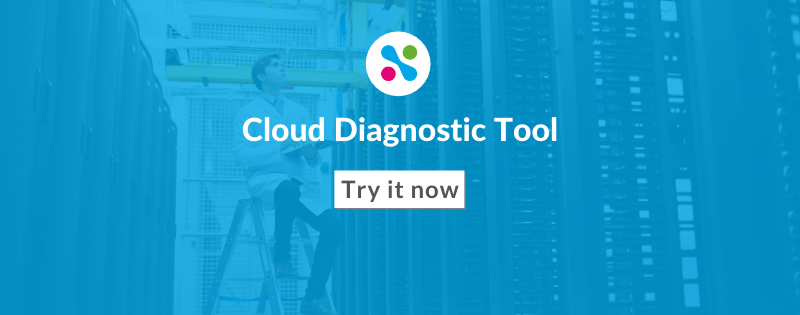Estimated read time: 2 Minutes
Did you move to the cloud and found costs were higher than planned? Then a cloud cost-cutting programme was kicked off, did the costs come down? Was a FinOps team established to keep the cloud costs under control on an ongoing basis?
You might think the job's done! Well, Not quite.
Look a bit closer, Your teams are spending more time keeping costs down and service stable. That's because the underlying issues have not yet been addressed.
But there is another way
These 5 steps will free up your team's time to focus on what they are great at: deliver great technology to support the product roadmap.
- Understand what business growth drives your cloud costs
- Start measuring both cloud unit costs and end-to-end performance in production
- Benchmark cloud unit costs and performance
- Measure cloud unit costs and performance during the development lifecycle
- Finally, avoid long term financial commitments
1. Understand what business growth drives your cloud costs
The simple model for planning cloud costs is assuming it increases at the same rate as the business. It’s understandable to use a simple model. But you don’t understand the drivers of cost. Understanding the driver means you can control them. It may be that the driver is data retention, code inefficiency, changing user behaviour, business requirement, etc...
Knowing this, gives you a powerful lever to control cost. It saves engineering time reworking technology to mask flawed business requirements.
2. Start measuring both cloud unit costs and end-to-end performance in production
What is the unit cost? It could be a cost per order, cost per user, etc. Once you know it, you can benchmark between departments and others in the industry.
In order to measure you need to combine cost and performance data sets, such as APM, cloud cost information and capacity usage information. By combining these different measurement areas you get a unique view of how the business, finance and technology functions interact.
FinOps teams often look at spend by department or service. That is a great starting point, but what you want to know is whether you are getting good value and great performance. You need to measure your cloud efficiency and performance of your services.
You can't look at one without the other.
3. Benchmark cloud unit costs and performance
Once you know the unit costs and performance are not aligned to the industry’s benchmark, you need to find out why. It may be the engineering teams are unaware that they have a problem. Is it a business requirement, technical constraint, skills– or a different issue?
This insight will tell you how your teams and technology work. You will no longer limit yourself to cost. You will get into the guts of why things are so expensive and why they are taking so long.
4. Measure cloud unit costs and performance during development lifecycle
You now need to roll this measurement as part of your existing processes the same way you measure performance, security etc.
Your team will find that the numbers don’t match what they observe in production. Suddenly a light shines on how the development life-cycle is not aligned with real-world usage. When your engineers start measuring cost and performance accurately in development, they will bring down high costs and prevent stability issues before you even know about them.
5. Finally, avoid long term financial commitments
Finance teams make long term financial cloud commitments. They focus on getting the best discount but don’t understand the technology and your product roadmap. You end up being locked into technologies, which loses you flexibility and opportunity to use better or cheaper technology in the future.
Why change?
The longer you accept the status quo, the harder it will get in the long term.
You will find keeping the service stable and keeping a lid on costs is going to get tougher and tougher. Senior executives will expect you to deliver more, and you will be able to do it by having a proactive and insightful approach to both costs and performance.
You can benchmark your organisation against best practice using our Cloud Diagnostic Tool.
Schedule a Cloud Opportunity and Risk Assessment Call
View Free, Relevant Capacitas Insights
Whether you’re looking to optimise costs, improve agility or drive value creation, our expert insights can help you. Ready to start?
